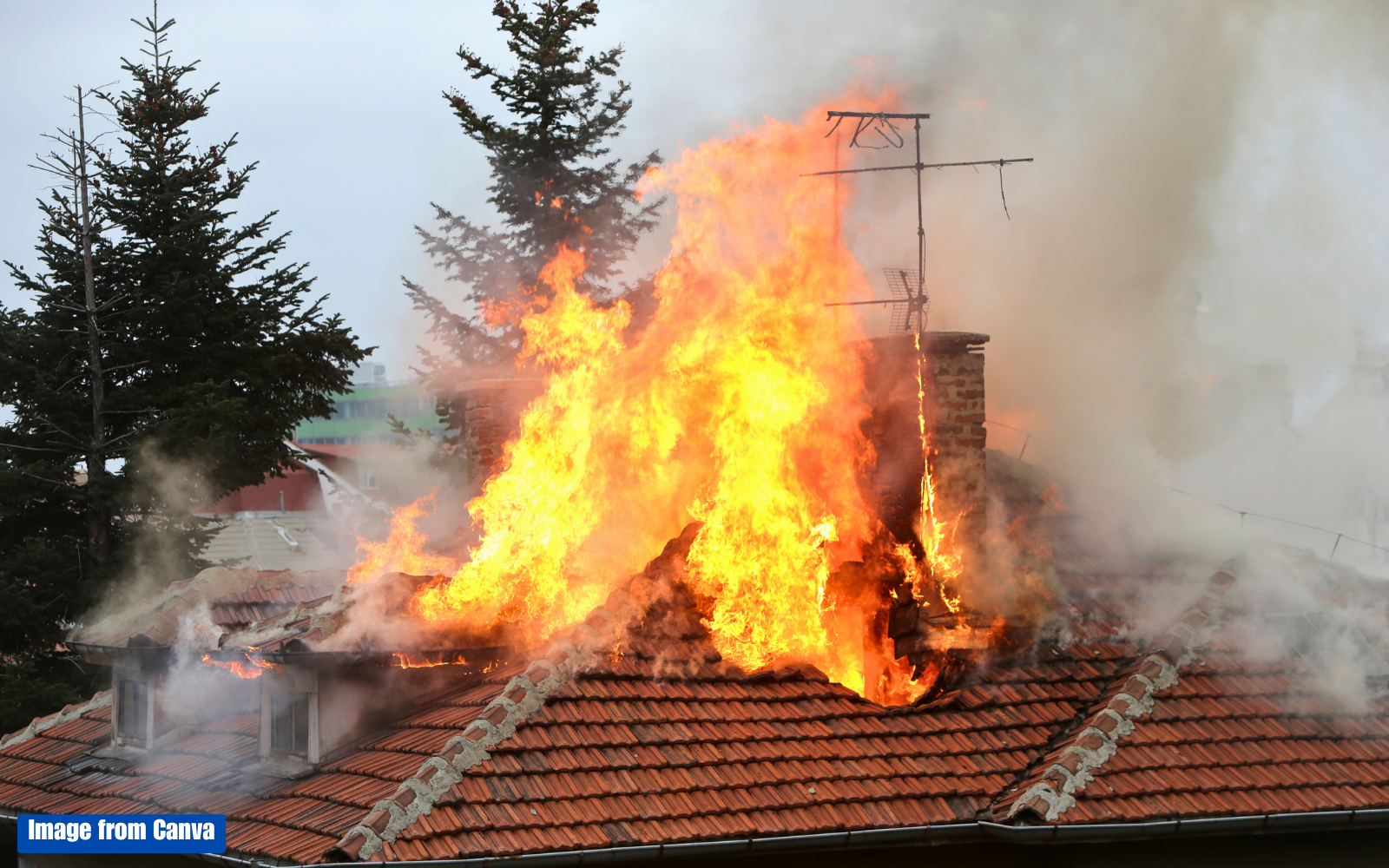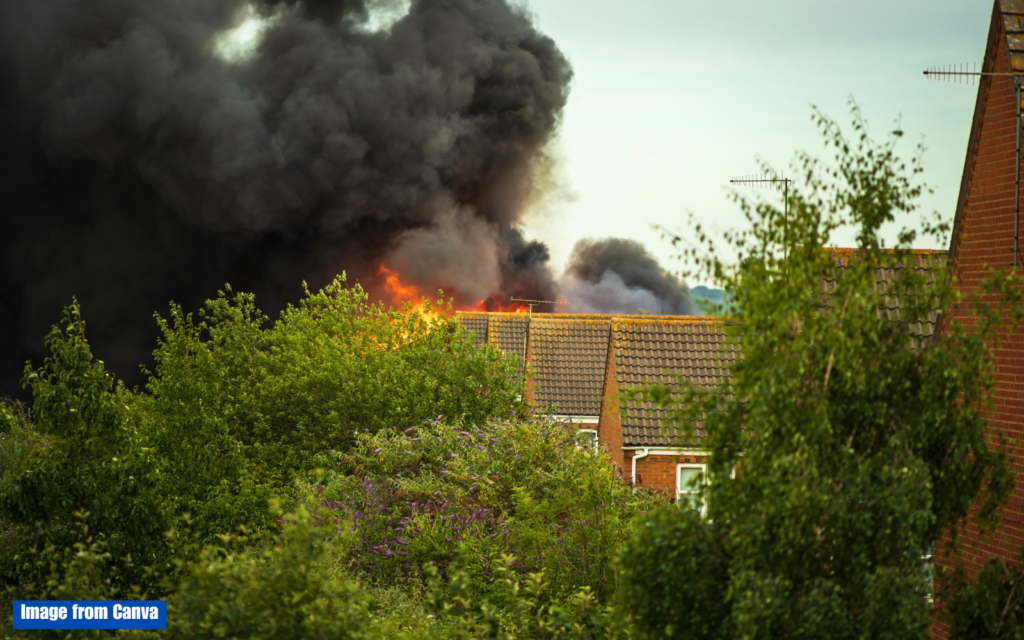
How fire-resistant is your roof? Can you confidently attest to your roof's ability to provide protection against the unpredictable threat of fire? Ensuring the fire resistance of your roof is a paramount consideration for safeguarding your Wisconsin home.
Delving into the different fire-resistant roofing materials becomes crucial – are they unequivocally equipped to shield you from potential fire hazards? Acquiring adequate knowledge in this matter not only safeguards your investment but also alleviates concerns and prevents unwarranted worries and headaches.
To bolster your understanding, here are some key factors to consider, offering a pathway to a more informed decision about the security and longevity of your Wisconsin home and properties.

Understanding the classification of fire-resistant materials is essential not only for fire safety professionals but also for architects, builders, or those who are working in the construction industry to ensure that buildings and structures meet safety standards and regulations. The classification is based on a material's ability to resist or slow down the spread of fire and is divided into four primary categories: Class A, B, C, and Unrated. Knowing each class type's characteristics helps make informed decisions about the materials used in construction and design, leading to a safer environment.
1. Class A
Class A materials have a high level of fire resistance and are effective at preventing the spread of flames. These materials are typically non-combustible and can withstand intense heat. Concrete, brick, and other heavy masonry materials are often classified as Class A. These materials are commonly used in the construction of buildings to enhance fire safety.
2. Class B
Class B materials are effective against moderate fire exposure. They may not be as fire-resistant as Class A materials, but they still offer a reasonable level of fire protection. Fire-retardant-treated wood, certain fire-resistant glass types, and some synthetic materials fall into the Class B category. These materials are used in situations where a lower level of fire resistance is acceptable.
3. Class C
Class C materials offer a basic level of fire resistance. While they may slow down the spread of flames to some extent, they are not as effective as Class A or Class B materials. Some common building materials, such as untreated wood and regular glass, fall into the Class C category. These materials are not as inherently fire-resistant and may require additional treatments or coatings to improve their fire performance.
4. Unrated
Unrated materials have not undergone standardized testing or do not fit into the traditional classification system. Their fire resistance may not be well-defined or guaranteed. Certain unconventional or newly developed materials may be unrated until they undergo testing and receive an official classification. It's important to note that the absence of a rating doesn't necessarily mean a material is flammable, but it indicates a lack of standardized information regarding its fire resistance.
Understanding the varying fire resistance classifications is crucial, especially when considering the specific products and formulations available. Let us inspect the world of fire-resistant roofing materials that can be used for your Wisconsin home. We will explore an overview of available options that can help improve safety and provide you peace of mind.
1. Asphalt Shingles (Class A)
Asphalt shingles are commonly used and offer good fire resistance. Class A materials, including certain asphalt shingles, can resist fire for up to two hours. This means they provide high protection against the spread of flames.
2. Metal Roofs (Class A)
Metal roofs are generally classified as Class A in terms of fire resistance. While they can melt under extreme heat, the likelihood of them catching fire is rare. Metal roofs are known for their durability and longevity, making them popular in various climates.
3. Slate Roofs (Class A)
Slate roofs are one of the naturally fire-resistant roofing materials, earning them a Class A rating. However, their drawback is their high cost, which can make them less economically viable for some homeowners. Despite their expense, slate roofs are renowned for their durability and aesthetic appeal.

4. PVC (Class A)
PVC (polyvinyl chloride) is a thermoplastic material commonly used in flat roofing. It is one of the highly fire-resistant roofing materials and falls under Class A. PVC roofs are known for their durability, weather resistance, and ease of installation. They are often used in commercial and industrial settings.

5. EPDM (Class A):
EPDM (ethylene propylene diene terpolymer) is a synthetic rubber material used in roofing membranes. While it carries a Class A fire resistance rating, it's important to note that EPDM roofs can still undergo combustion. The extent of fire resistance can depend on the specific formulation and additives used in the product.

Strengthening the fireproofing measures for your roof encompasses a series of essential steps designed to fortify your home against potential risks.
1. Removing Miscellaneous Debris:
Clearing away miscellaneous debris is essential in minimizing potential fire hazards. Ensuring that your roof is free of leaves, branches, or any other combustible materials helps reduce the risk of embers finding their way into your home.
2. Protecting Under-Eave Areas and Soffits:
Embers often pose a threat through under-eave areas and soffits. To fortify this vulnerable entry point, consider incorporating flame and ember-resistant features. This could involve using materials and designs that are less susceptible to ignition, providing an additional layer of protection for your home.
3. Checking Chimney Interior:
Regular inspection of the chimney interior is crucial for fire safety. Chimneys accumulate heat from fires and exhaust from appliances over time. It's important to ensure that the chimney remains clear of any debris, as insulation from walls or the attic can sometimes fall into the chimney. This debris accumulation poses a significant fire hazard, making routine checks imperative to maintain a safe and efficient chimney system.

As you analyze the domain of fire-resistant roofing materials for your Wisconsin home, understanding the classifications—ranging from Class A to Unrated—is pivotal for informed decision-making. Each class type offers distinct characteristics, providing varying levels of protection against the spread of flames. It's crucial to note that fire safety is a multifaceted consideration, and while these roofing materials contribute significantly, additional fireproofing measures for your roof are equally vital.
To ensure the best-suited choice for your specific needs, it's advisable to consult with a roofing expert. Their expertise can guide you in making informed decisions aligned with local building codes and regulations, ensuring the chosen materials meet the safety standards specific to Wisconsin. By embracing a comprehensive approach to fire resistance and seeking professional assistance, you protect your property and contribute to a safer living environment.